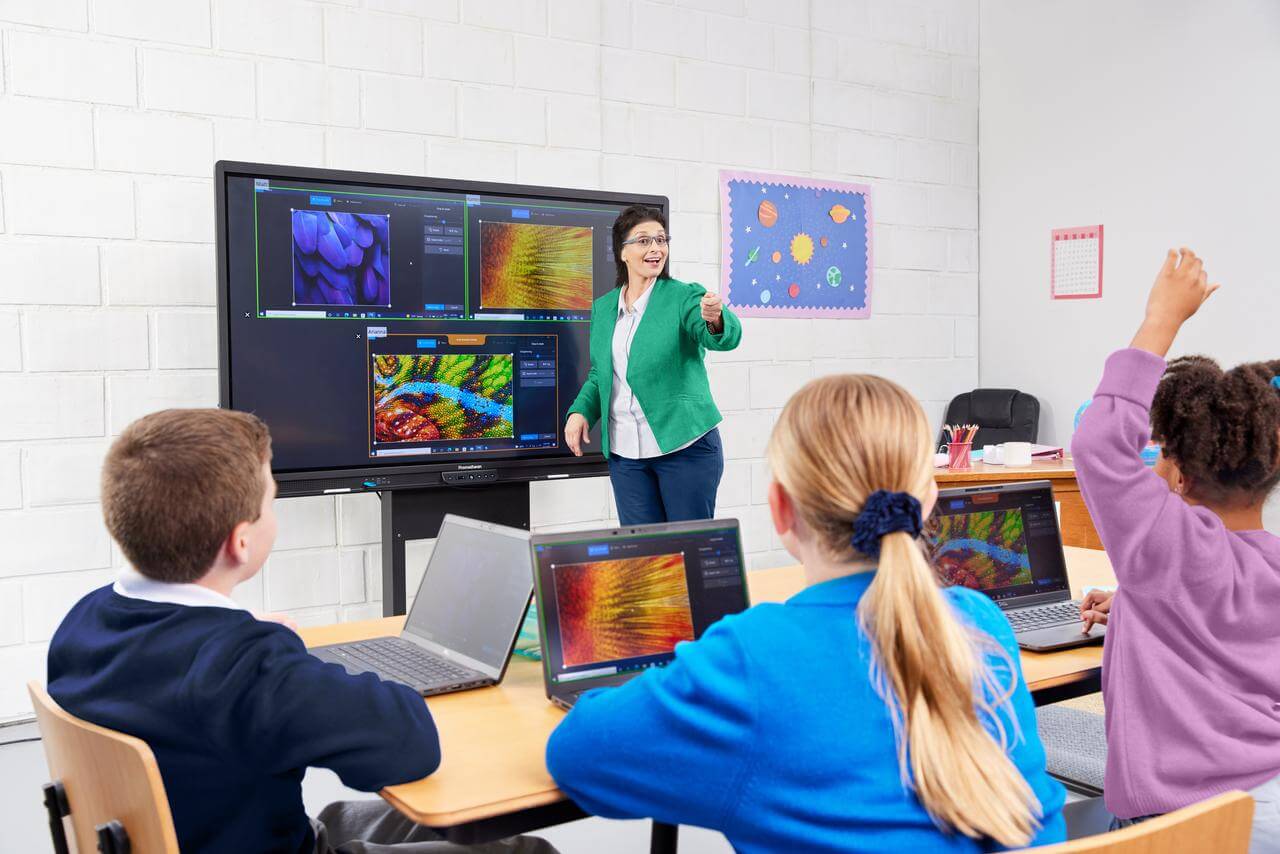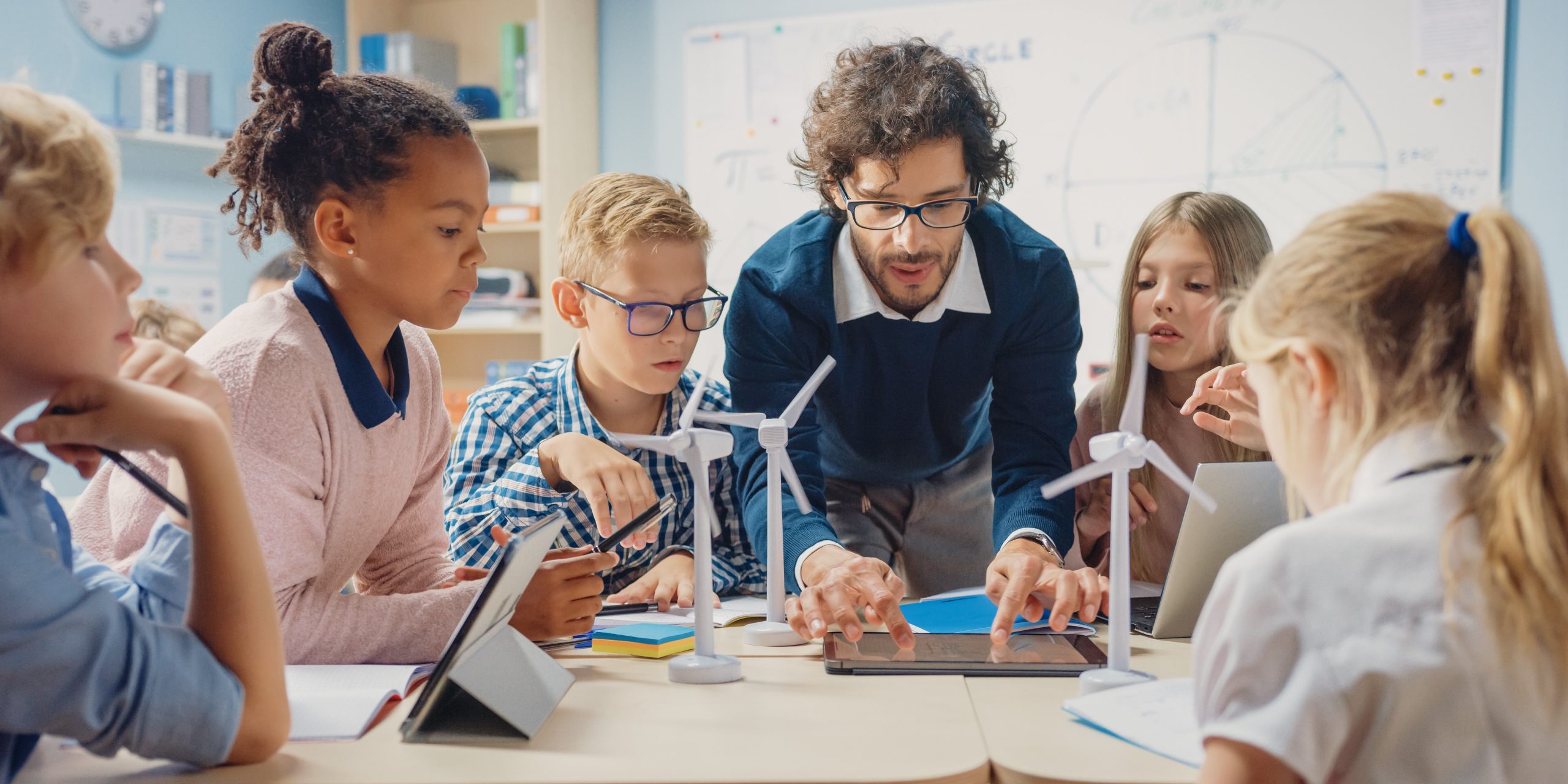Master Primary Science Concepts with Quality Tuition in Singapore
Master Primary Science Concepts with Quality Tuition in Singapore
Blog Article
Checking Out the Various Training Approaches in Primary Scientific Research Education Today
Inquiry-based understanding, hands-on experiments, and the combination of innovation are redefining just how educators engage young minds. In addition, joint strategies and differentiated direction are being utilized to cater to the varied requirements of trainees, enhancing both engagement and understanding.
Inquiry-Based Knowing
Inquiry-Based Knowing (IBL) is an instructional technique that urges trainees to explore scientific principles with questioning, investigation, and hands-on experimentation. This approach highlights the duty of pupils as energetic individuals in their discovering, advertising important thinking and analytical skills. By involving with real-world inquiries, trainees come to be interested and determined, which improves their understanding of clinical concepts.
In IBL, educators act as facilitators, guiding pupils as they navigate their questions rather than delivering info straight. This student-centered strategy enables differentiation, suiting different learning rates and designs. Pupils create abilities in developing theories, developing experiments, and assessing data, which are vital for scientific proficiency.
Additionally, IBL fosters partnership amongst pupils, urging them to share findings and ideas. This cumulative inquiry advertises social skills and a feeling of community within the class. Moreover, the process of query encourages durability, as pupils learn to accept failure as a tipping stone toward understanding.
Hands-On Experiments
Hands-on experiments are a crucial component of effective scientific research education and learning, enhancing the principles of inquiry-based understanding. These experiments permit pupils to engage straight with clinical ideas, fostering a much deeper understanding through experiential learning. By manipulating products and observing outcomes, young learners can comprehend abstract concepts in concrete ways.
Such activities promote crucial reasoning and problem-solving abilities, as trainees assume outcomes, conduct experiments, and assess results. This process urges them to ask concerns, fine-tune their understanding, and develop a clinical frame of mind. Furthermore, hands-on experiments can be customized to varied discovering designs, making sure that all trainees have the opportunity to engage meaningfully with the web content.
In addition, hands-on experiments typically urge cooperation amongst peers, advertising teamwork and interaction skills. Functioning in teams makes it possible for pupils to share concepts, go over findings, and find out from one an additional, which improves their general educational experience.
Incorporating hands-on experiments right into the primary science curriculum not just enriches the discovering environment but likewise cultivates a long-lasting interest in scientific research. By actively taking part in their education and learning, trainees are more probable to develop an enthusiasm for scientific inquiry that prolongs past the classroom.

Modern Technology Assimilation
Integrating modern technology into key science education and learning has actually come to be increasingly necessary in fostering pupil interaction and enhancing discovering results. The usage of electronic tools, such as interactive simulations, online laboratories, and academic software application, supplies pupils with possibilities to explore clinical ideas in innovative ways. These resources facilitate a deeper understanding of complicated topics by enabling learners to envision and manipulate variables that would certainly be impractical in a standard class setup.
Additionally, modern technology integration encourages individualized learning experiences. Pupils can progress at their very own pace, reviewing difficult ideas via multimedia resources, which satisfy different knowing styles. This adaptability not only sustains private development however additionally grows a sense of autonomy in students.
Additionally, modern technology functions as a bridge to real-world science, connecting pupils with existing research study and expert payments. Accessibility to clinical journals and online data sources expands trainees' perspectives on scientific questions and cultivates essential thinking abilities.
Collaborative Learning
Joint discovering plays a crucial function in primary scientific research education by cultivating synergy and interaction abilities amongst students. This approach motivates learners to interact, share knowledge, and take part in analytic, which enhances their understanding of scientific principles. By joining group tasks, pupils discover to verbalize their concepts, listen to diverse perspectives, and negotiate solutions, all of which are essential skills in both scholastic and real-world contexts.

Research study suggests that collective discovering can result in increased inspiration and interaction in scientific research topics, as students discover pleasure in shared experiences (primary science tuition Singapore). In addition, this method prepares pupils for future collaborative undertakings, equipping them with the skills needed for efficient synergy in college and specialist atmospheres. Ultimately, embracing collective discovering in main science education and learning can significantly enrich the understanding experience and promote a much deeper understanding of clinical query
Set Apart Instruction

Separated direction can manifest in various means, such as varying the material, processes, or products of discovering. Educators might use tiered projects that provide differing levels of intricacy, enabling pupils to function at their corresponding preparedness degrees. Furthermore, versatile click grouping techniques can promote cooperation among pupils with various abilities, fostering peer understanding.
Evaluation plays a vital Get More Information function in this method, as it educates direction and helps teachers comprehend each trainee's one-of-a-kind needs. Developmental evaluations, such as monitorings and quizzes, can direct instructors in adjusting their strategies to improve learning end results. primary science tuition Singapore. Eventually, by executing differentiated direction in main scientific research education, educators can cultivate a more reliable and equitable knowing setting, encouraging all trainees to reach their full possibility in comprehending scientific sensations
Verdict
In summary, the varied training strategies in key scientific research education and learning, consisting of inquiry-based learning, hands-on experiments, modern technology combination, joint discovering, and differentiated instruction, collectively add to a much more efficient learning setting. These methods promote critical thinking, analytical abilities, and a deeper comprehension of scientific principles. By applying these techniques, educators can create interesting and encouraging classrooms that address the diverse demands of students, ultimately fostering a long-lasting interest in scientific research and improving academic success.
Inquiry-Based Learning (IBL) is an instructional approach that motivates pupils to discover scientific concepts through doubting, examination, and hands-on testing.Collaborative knowing plays a vital duty in key scientific research education and learning by cultivating team effort and communication skills among students.Research study shows that collaborative knowing can lead to raised motivation and involvement in scientific research subjects, as pupils locate satisfaction in shared experiences.In cultivating a comprehensive learning atmosphere, separated instruction arises as an essential technique to accommodate the diverse demands and capabilities of students in key science education and directory learning. Eventually, by applying separated direction in primary science education and learning, instructors can cultivate a much more fair and efficient understanding setting, equipping all pupils to reach their full capacity in understanding clinical phenomena.
Report this page